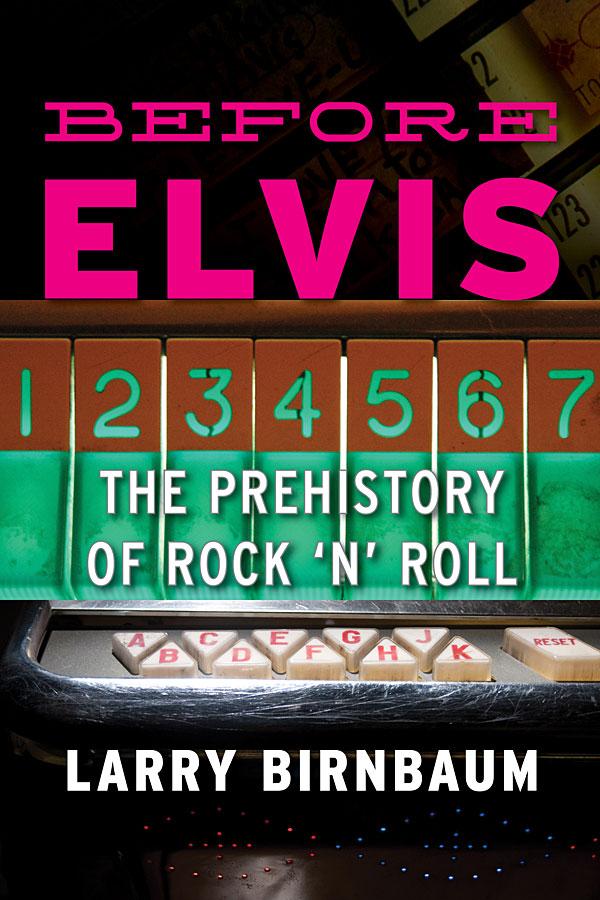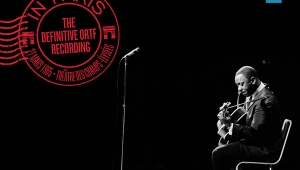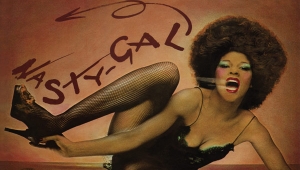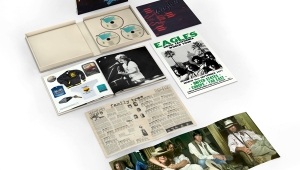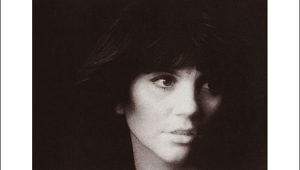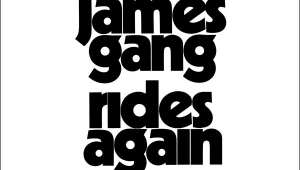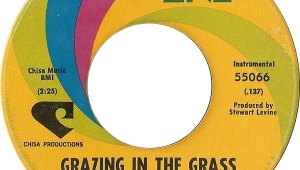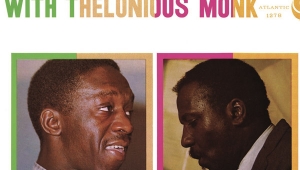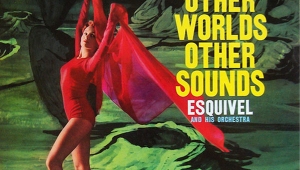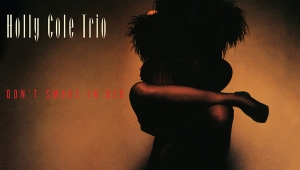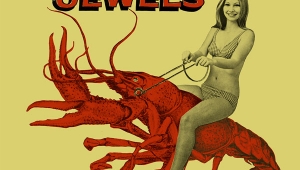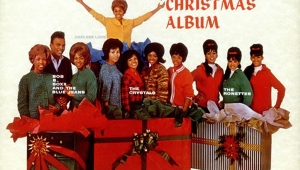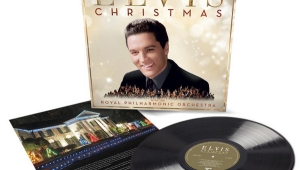| Columns Retired Columns & Blogs |
It's too bad that I wasn't born 10 years earlier like some of my cousins in Akron Ohio -- they got to hear Alan Freed playing a few of those R&B 78's on WAKR (before he got moved to Cleveland) when I was still in the crib. The radio museum in Akron didn't give Freed any recognition when I last visited, so most of what I learned was from my cousins, and from the Johnny Otis radio program in the L.A. area.
